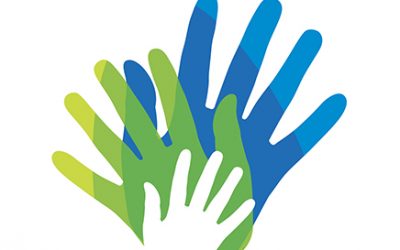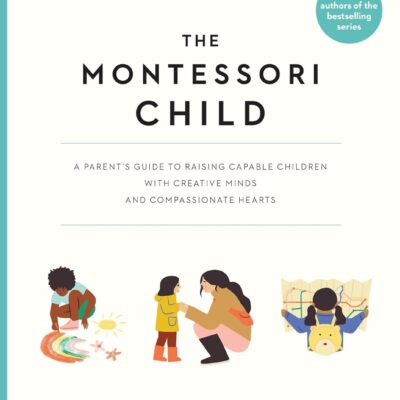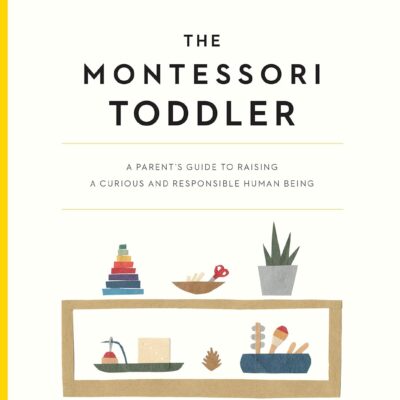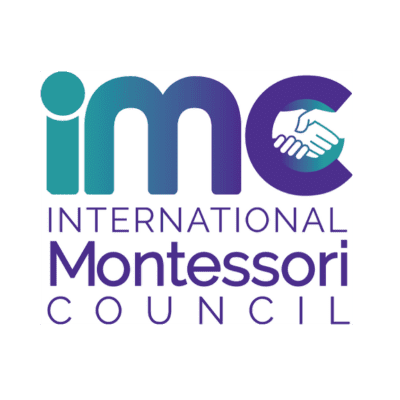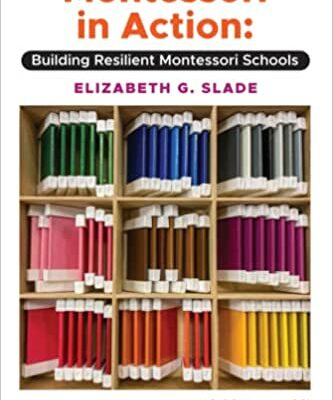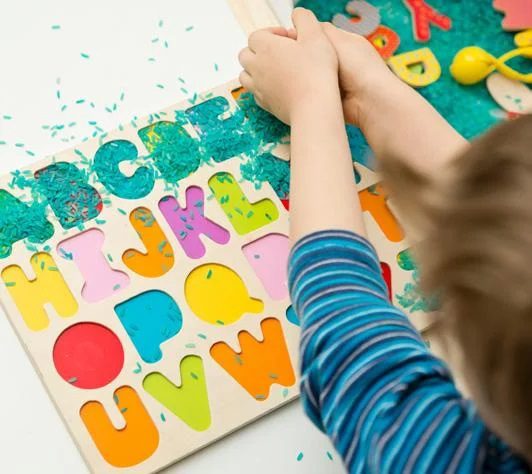
The Montessori Method, developed by Dr. Maria Montessori, is renowned for its child-centered approach to education. Within the Montessori classroom, language development plays a crucial role in nurturing a child’s ability to communicate effectively. While the Montessori Method itself is adaptable to various writing systems and cultural contexts, it often incorporates a left-to-right progression in language activities and materials. This article explores the reasons behind the left-to-right progression in Montessori language development, provides examples of materials used in the classroom, and highlights research insights on this topic.
The Importance of Left-to-Right Progression: The left-to-right progression is a convention followed in many languages for reading and writing. Introducing children to language and literacy skills in a manner that aligns with this convention can facilitate their understanding of written texts and prepare them for independent reading and writing. By incorporating left-to-right progression in language activities, Montessori educators create an environment that not only supports language development but also prepares children for successful literacy experiences beyond the classroom. The consistent use of this convention helps children build essential cognitive and linguistic skills, fostering their ability to read, write, and engage with written language effectively.
Examples of Materials and Activities in Montessori Language Development
Sandpaper Letters: Sandpaper Letters are tactile materials with textured letters mounted on wooden boards. Children trace the shape of each letter with their fingers while simultaneously associating the sound with the symbol. These letters are typically arranged from left to right, reinforcing the directionality of writing.
Moveable Alphabet: The Moveable Alphabet is a set of individual letters, often made of wood or plastic, that children can manipulate to form words. Children choose letters and arrange them from left to right to represent the sounds they hear in words. This activity aligns with the left-to-right progression of writing in many languages.
Reading Books: Montessori classrooms include a variety of books at different reading levels. As children progress in their reading abilities, they are encouraged to read from left to right, following the conventional reading direction. Teachers provide guidance and support as children navigate the pages and sentences.
Research Insights: While specific research articles linking Montessori materials with left-to-right progression in language development are limited, studies have highlighted the effectiveness of the Montessori method in enhancing early literacy skills. Research by Lillard and Else-Quest (2006) found that children in Montessori programs showed higher levels of phonological awareness, letter recognition, and early reading skills compared to non-Montessori peers. Furthermore, studies by Rathunde and Csikszentmihalyi (2005) and Dohrmann et al. (2007) indicated that Montessori education fosters independent reading and writing skills, with children developing a sense of confidence and engagement in their language abilities. Introducing children to language and literacy skills in a manner that reflects this convention has several important benefits: alignment with reading and writing conventions; cognitive organization; structure preparation for independent reading; and writing consistency and familiarity.
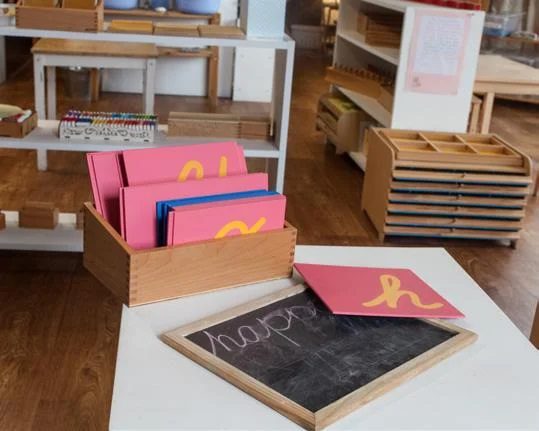
Conclusion: While the Montessori Method itself is adaptable to different writing systems and languages, it often incorporates a left-to-right progression in language development activities and materials. The use of materials, such as Sandpaper Letters, Moveable Alphabets, and reading books, supports the natural progression of reading and writing skills in many cultures. While further research specifically linking Montessori materials to left-to-right progression is limited (as mentioned earlier in this article), existing studies demonstrate the effectiveness of the Montessori Method in promoting early literacy skills and independent language exploration in children.
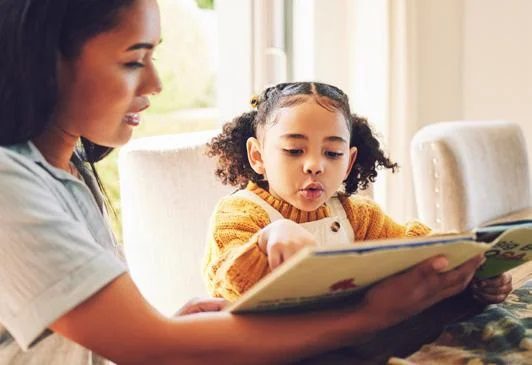
Overall, the left-to-right progression in Montessori language development aligns with the conventions followed in many languages, providing children with a solid foundation for future reading and writing skills. By understanding and practicing this natural flow of language, children are equipped with the tools to navigate and comprehend the written world around them.
References
Lillard, A. S., & Else-Quest, N. (2006). Evaluating Montessori Education. Science, 313(5795), 1893-1894. Rathunde, K., & Csikszentmihalyi, M. (2005). Middle school students’ motivation and quality of experience: A comparison of Montessori and traditional school environments. American Journal of Education, 111(3), 341-371. Dohrmann, K. R., Nishida, T. K., Gartner, A., Lipsky, D. K., Grimm, K. J., & Bugental, D. B. (2007). High school outcomes for students in a public Montessori program. Journal of Research in Childhood Education, 22(2), 205-217.
Aradhna Dhawan is a certified Montessori Educator 3-6. Eager to expand her knowledge, refine her skills, and create a prepared environment that fosters independence, critical thinking, and a love for learning. Through this pursuit, Aradhnah is currently pursuing AMI Elementary Diploma 6-12 and AMI School Leadership Certificate.


